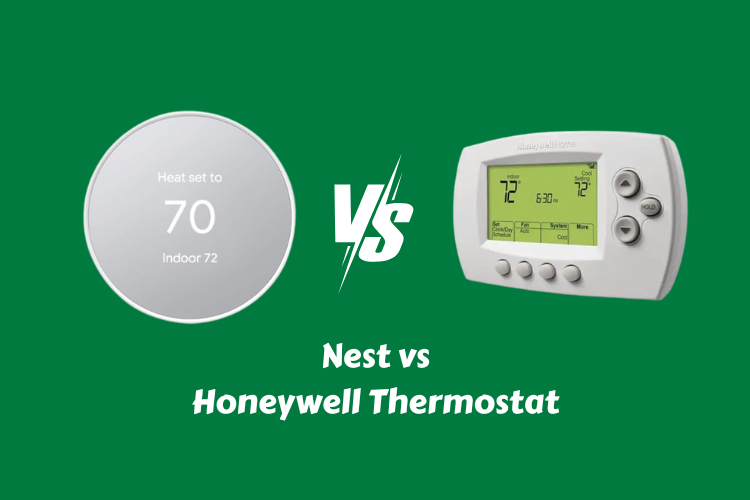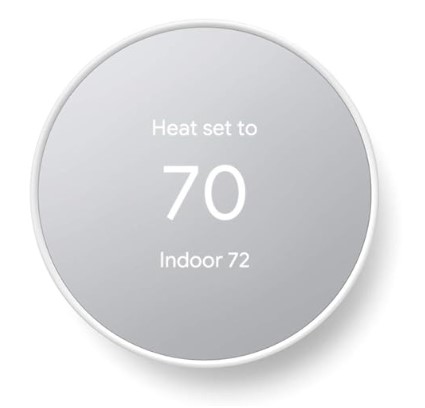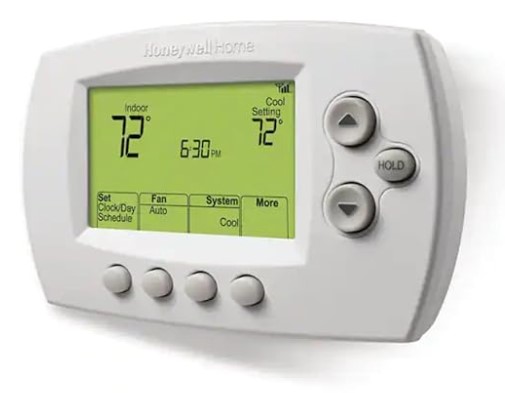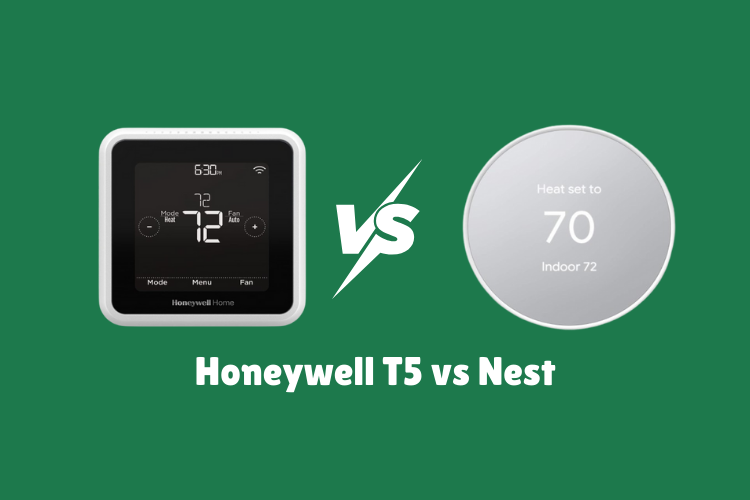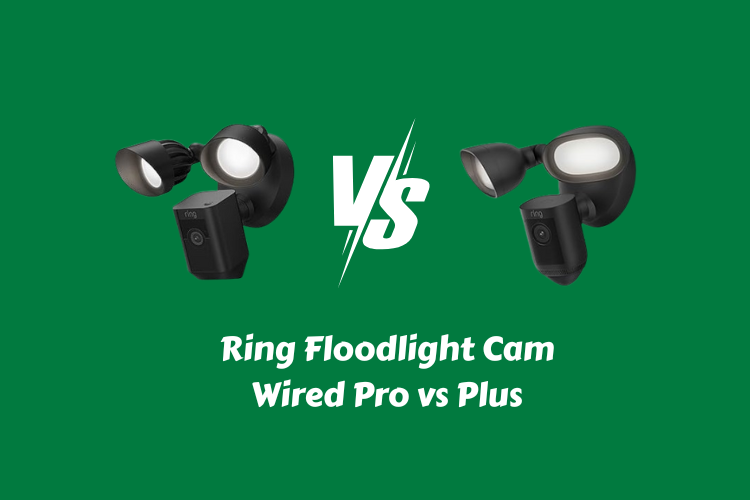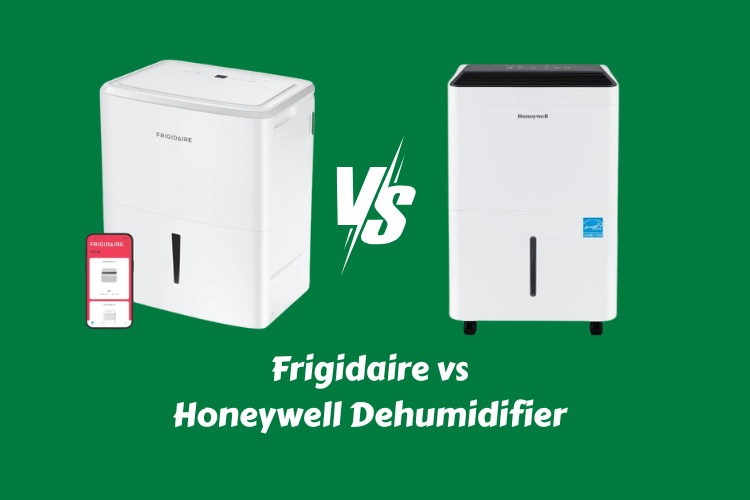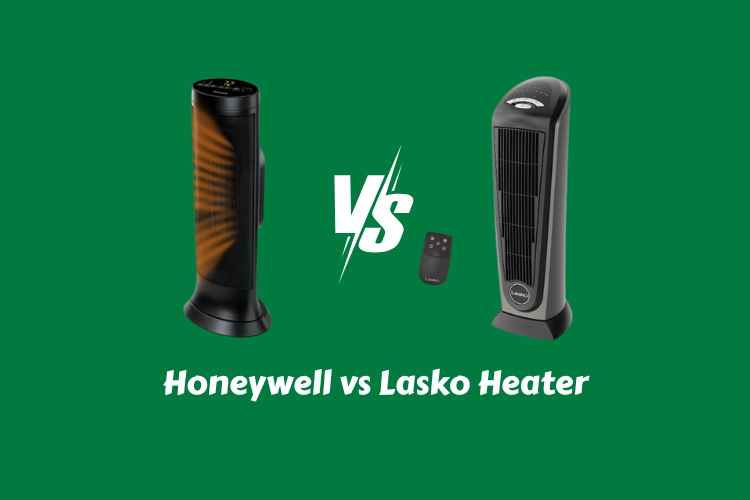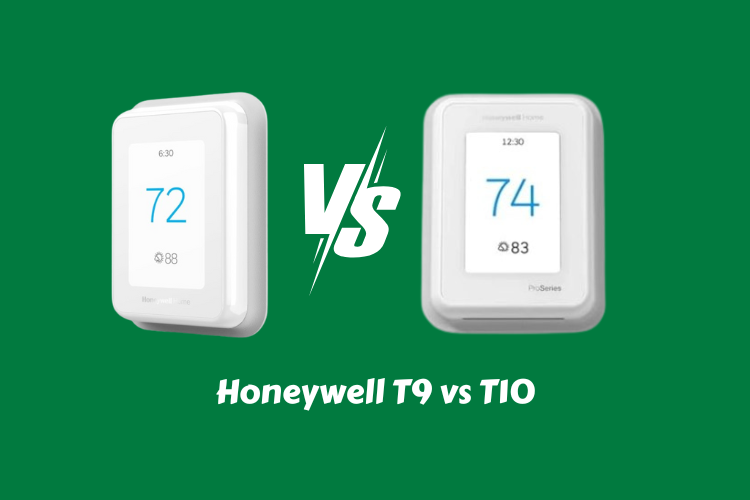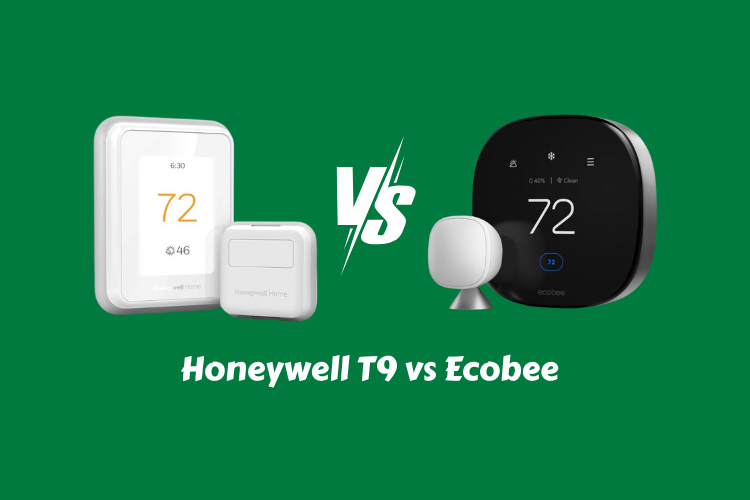Nest vs Honeywell Thermostat [Smart Control Face-Off]
Smart thermostats have changed the way people manage comfort and energy use at home. Among the leading names, Nest and Honeywell stand out with innovative features, sleek designs, and strong performance.
Each brand delivers unique advantages, making the decision between them a challenge for homeowners. Nest thermostats attract tech-savvy users with advanced learning capabilities and seamless integration with Google’s ecosystem.
Honeywell offers a wide range of models that provide reliable control, practical features, and compatibility with different home setups. Both options aim to reduce energy bills and improve convenience, but their approaches differ in style, technology, and pricing.
Understanding these differences helps in finding the right match for your lifestyle and budget. This comparison breaks down key features, ease of use, design, and value to help you decide which thermostat offers the best balance between innovation and practicality.
Nest Thermostat vs Honeywell Thermostat
Smart thermostats make homes more comfortable while saving energy. Two of the most popular options are the Google Nest Thermostat and the Honeywell RTH6580WF Wi-Fi Thermostat.
Both help reduce energy use, but they differ in design, features, and ease of use. Let’s look at each product in detail before comparing them.
Google Nest Thermostat – Smart Thermostat for Home
Product Details
-
Brand: Google
-
Model: Google Nest Thermostat
-
Size: 1.07″D x 3.31″W x 3.31″H
-
Controller Type: Amazon Alexa, Android, Google Assistant, iOS, Nest
-
Special Feature: Programmable, Smart Scheduling
Features
-
ENERGY STAR certified.
-
Can work without a C wire in most homes.
-
Turns itself down when you leave.
-
App control from phone, tablet, or laptop.
-
Savings Finder suggests better schedules.
-
HVAC monitoring alerts for issues.
-
Voice control with Google Assistant or Alexa.
-
Supports Nest Renew for cleaner energy use.
What is the good?
The Nest Thermostat offers smart scheduling that adapts to your routine. Remote control through the Google Home app makes it simple to adjust from anywhere. It also checks your system health and alerts you to problems. The design is sleek and compact. Many users save money through automatic adjustments and energy rebates.
What is the bad?
Some homes need a C wire for full compatibility. The thermostat has no physical lock feature, which may be an issue for families with kids. It also costs more than some traditional models.
Overall Opinion
The Nest Thermostat is modern and easy to use. It blends smart energy savings with system monitoring. It fits best for people who want simple automation, app control, and smooth integration with Google devices.
Honeywell RTH6580WF Wi-Fi Thermostat
Product Details
-
Brand: Honeywell
-
Model: RTH6580WF Wi-Fi Thermostat
-
Size: 1.5″D x 5.75″W x 3.5″H
-
Controller Type: Amazon Alexa, Android, Google Assistant, IFTTT, iOS
-
Special Features: Auto Changeover, Smart Response, Energy Star Certified
Features
-
ENERGY STAR certified.
-
Monthly energy reports with tips.
-
Works with utility demand response programs for rewards.
-
Requires a C wire for installation.
-
7-day flexible scheduling with 4 time periods daily.
-
Compatible with many heating and cooling systems.
-
Big backlit display for easy use.
-
App control via Total Connect Comfort or Resideo.
What is the good?
The Honeywell thermostat has a clear display and simple controls. Flexible scheduling lets you set comfort levels for each day. It also works with multiple voice assistants. Users can save money through rebates and demand response programs.
What is the bad?
A C wire is required, which may need extra installation costs. It does not support electric baseboard heating. The design looks basic compared to modern smart thermostats.
Overall Opinion
The Honeywell RTH6580WF is a budget-friendly smart thermostat. It provides strong scheduling, energy tracking, and easy control. It fits best for users who want reliability and value over style.
Detailed Comparison for Nest vs Honeywell Thermostat
The Nest Thermostat stands out with its modern design and smart automation. It can adjust automatically when you leave home and works smoothly with Google services.
Honeywell focuses more on scheduling and reporting. Its larger display makes it practical for people who prefer clear buttons over app-heavy control.
Nest can often run without a C wire, while Honeywell always needs one. Honeywell is cheaper and offers utility program rewards, which may lower costs further.
Nest is better for users who want automation and modern design. Honeywell is better for those who want a simple, affordable device with strong scheduling.
FAQs
1. Do both thermostats work with Alexa?
Yes, both Nest and Honeywell work with Alexa.
2. Which thermostat saves more energy?
Nest may save more through automation, while Honeywell helps with scheduled control and utility programs.
3. Can I install these without a C wire?
Nest may work without a C wire in many homes. Honeywell requires a C wire.
4. Which is easier to use?
Honeywell has a big display with simple buttons. Nest relies more on apps and voice control.
5. Which is cheaper?
Honeywell is usually more affordable, while Nest offers more smart features for a higher price.
Conclusion
Both thermostats can lower energy use and make homes more comfortable. The Nest Thermostat is smart, stylish, and better for users who like automation and Google integration.
The Honeywell RTH6580WF is affordable, reliable, and better for those who want strong scheduling and simple control. The right choice depends on budget and personal preference.

